Unbridled Enthusiasm
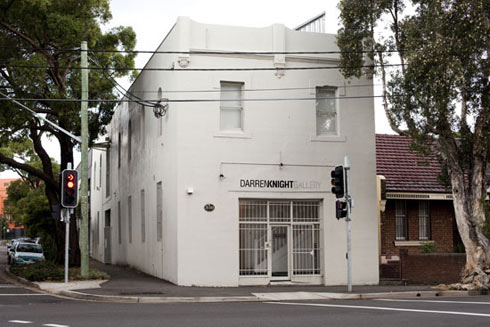
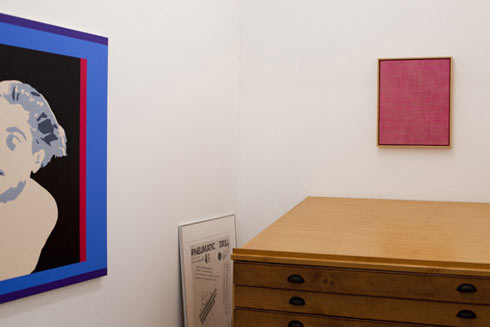
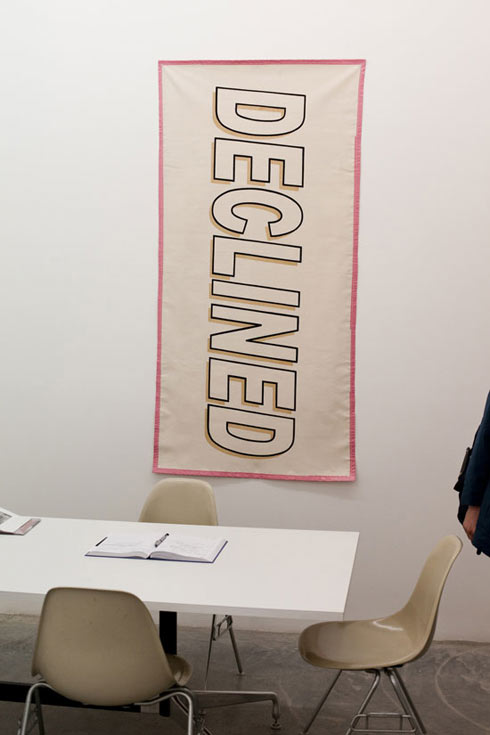
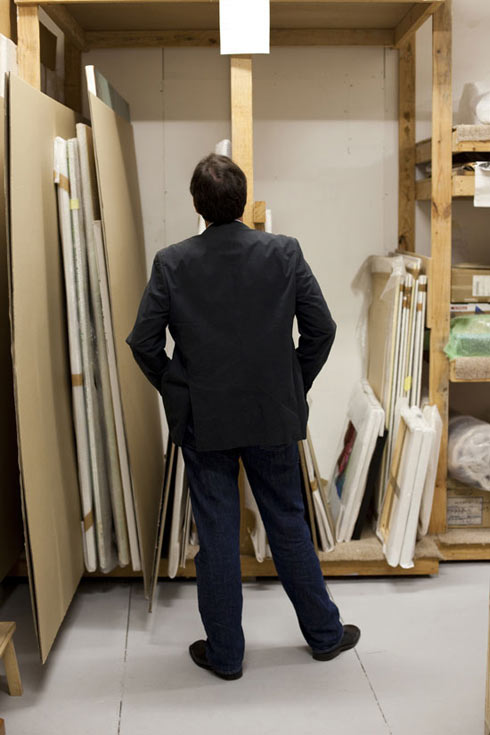
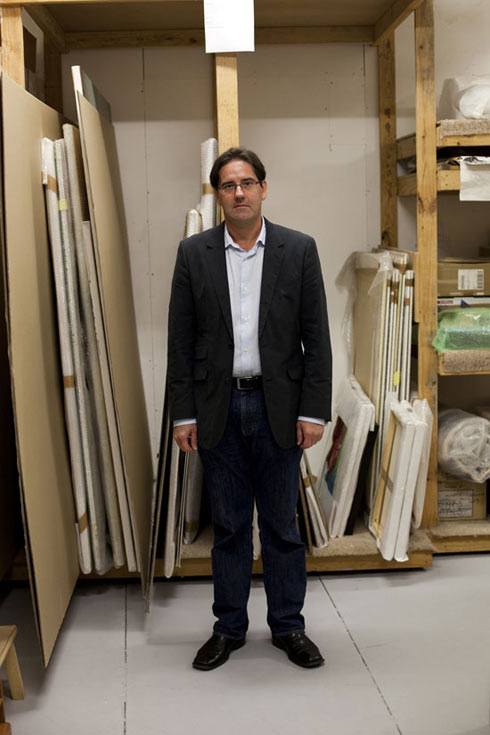
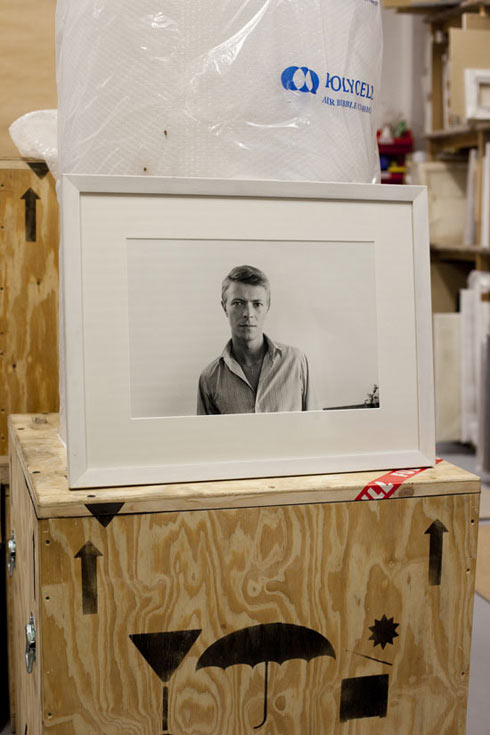
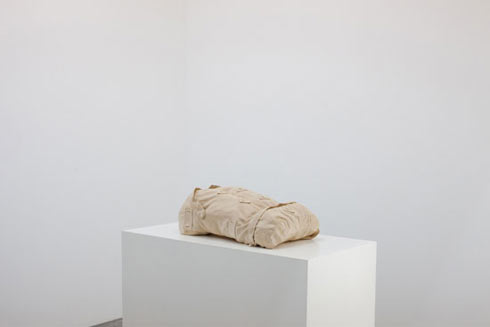
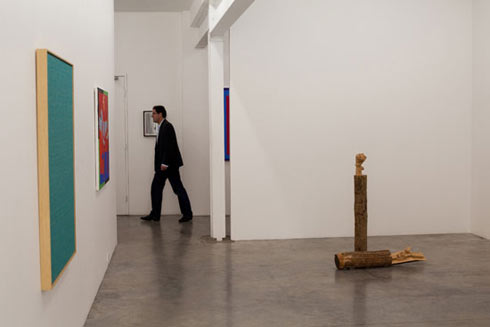 Words: Sinisa Mackovic Images: Rene Vaile
Words: Sinisa Mackovic Images: Rene Vaile
Considering it was his naivety that made him open a gallery and his lack of a formal art education that has allowed for a progressive method of operating, it’s completely and utterly accurate to say that Darren Knight would unknowingly fall into his own definition of a committed amateur. His life long objectives give him an individual approach. Bearing in mind his success, Darren is unassuming and professional. The only thing he has in common with an amateur is his unbridled enthusiasm.
Originally hailing from Brisbane, Darren Knight started his career on a path that very few successful gallery owners have gone down. He studied economics at Queensland University straight out of high school and from there started working at BHP Steel. Soon growing tired of the tedious and structured corporate environment, he broke free and lived every 22-year-olds dream. “I travelled to the UK and around Europe. Backwards and forwards, working in London a bit. I really wanted to just get away, look around and listen to music over there,” he recalls.
It seems that this stint was all that he needed to point him in the right direction. “I made a break from the trajectory that I was on. It probably came from my parents too, but it was there that I realised that if you’re not doing something that you really interested in, you’re probably not going to be good at it”.
At this point, Darren saw himself with two choices, music or art. Although, he did not aspire to be a practitioner in either. Upon returning to Australia, Darren got a job in a record shop and soon after a job at Ray Hughes Gallery in Brisbane.
This environment provided a similar freedom that he felt while traveling and the gallery context could fuel his fascination for understanding art from the practitioners side rather than just looking at something on a wall. “I wanted to get to know and understand the thought processes, motivations and all those things that go into making an artwork. The end object is just part of it. Art is a whole way of approaching things. The way of thinking and attitude to everything. It’s the part that interests me the most because that’s where progress happens.”
And progress is what it’s all about. After working at Ray Hughes for six years and traveling to America, Darren was ready to open his own gallery. “It was the depths of the early 90s recession and Melbourne was as bleak and recessed as you can get, but that meant there was a space available for $180 a week or something like that,” he remembers. Confident from the advice of a friend, he took a chance and opened his first exhibition in September 1992 in a small, single story terrace on Smith St in Fitzroy. Although, things don’t always work out the way you want them and unable to support himself through the gallery, Darren got a second job working weekends and nights at another record store.
This persistence that he had in keeping his gallery alive is a trait similar to what he looks for in artists. What interests Darren the most is a persons ability and determination to make art for a lifetime. A curious example of this is recently exhibited artist, Robert Kinmont. Kinmont had a slightly different trajectory.
He stopped practicing art in the mid 1970s, only coming back to it 30 years later. However, there really are no rules to a lifetime art practice. “I don’t think you actually have to make art objects to be and remain an artist in some kind of way. It’s your approach to life,” he observes. “It’s what you’re thinking about and you can considerably make art in your head, couldn’t you? For your whole life and no one else would know about it. Only you would know about it and you could be imagining these things and might not even be imagining objects, you might just be imagining ideas.” He adds “He obviously had things that fulfilled his creative curiosity, whether it was Buddhism, carpentry, dancing or his love of the countryside that he lives in.” But Kinmont’s success in returning to art is a rare thing. It comes back to the idea of progress and sometimes the timing just has to be right.
Music is another ever apparent aspect of Darren’s life and practice. Collecting records, magazines and fanzines throughout his formative years, he still keeps up to date, although in a less complete way, with contemporary music. Always trying to hear new musicians that are just as exciting as the ones he listened to when he was 18, and encouragingly, he still does. He believes that the internet, with developments like YouTube and MySpace, has made things much more interesting for todays musicians. Similar to the punk aesthetic of his time, amateurs of today can quickly reach an audience just by doing something themselves.
This is not always the case in terms of visual art because of the different demographics in art and music’s respective audiences. However, in terms of creativity, Darren believes that there is a very fine line between the two. “The committed amateur is where all the interesting stuff happens and hopefully the best artists will stay committed amateurs,” he says.
With no formal art education, Darren, in some ways, is a committed amateur himself. “Those courses were a bit too structured and slightly tedious. Back then I just wanted something unstructured and contemporary art was where that was,” he says. “Art history is so concrete,” he adds. Understanding the importance of history however, he educated himself, but again, on his own terms. This liberal view has been what has made his gallery so interesting over the past 18 years. It has been a reflection of his character, his tastes and more importantly his personal connections with the artists and their work.
Most of the artists that Darren decides to represent are new and consequently they have not made a lot of work. At this point he has to formulate an opinion that they are going to be a lifetime artist, which in his view, has got more to do with their personality and approach, than the art. The process is more important than the object. The object does need to initially attract his attention, but after that its about the honesty and evolution of the practice and a common approach to progress and accomplishment.
Darren Knight gallery in its current form resides in Waterloo, Sydney and represents over 30 artists from Australia and New Zealand. Darren’s positive and honest outlook on the current state of art in Australia is extremely refreshing. Believing that right now is an important period, not only because every period is important but that we really are in a significant time.
“That’s what contemporary art is. Everyone that’s involved adds to the energy that is contemporary art. It’s the period where Australian artists are trying to be as contemporary and connected to the rest of the world. There now seems to be less talk and emphasis about an Australian-ness in art. Which, I think is outstanding because art is an individual thing, not a collective thing,” he says. “Sydney, now is a lot more interesting that it has been at any other time than I’ve had a gallery here. I just think there is a dynamic about the young people and artists of your generation that are doing stuff. There is an energy, that seems to be happening here. I don’t even know why. But it’s great, it’s fantastic,” he adds.
He compares this trend to what happened to Melbourne in the 1990s when commercial galleries seemed non-existent. Artists coming out of art school felt compelled to take advantage of the times and start artist run spaces, doing so without any commercial drive. He declares, “What they’re doing is keeping a continuous energy going and it’s really, really positive”. He goes on to say, “It probably feeds into my theory, which is not a dramatic theory, that it’s all about the artists. Everything else just follows out of that.”
Darren Knight
Next story: Unknown Pleasures – Pop! Eyes



